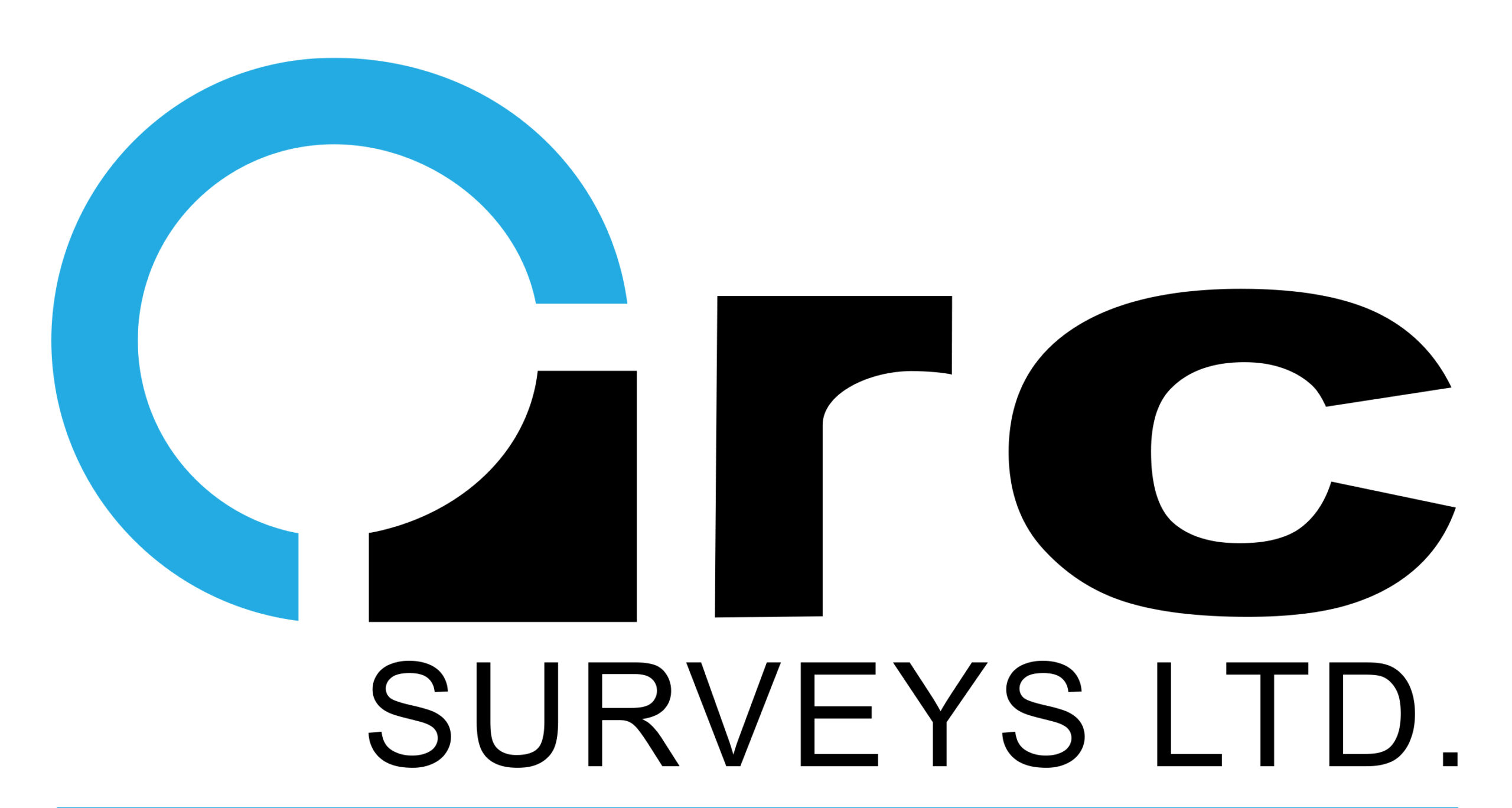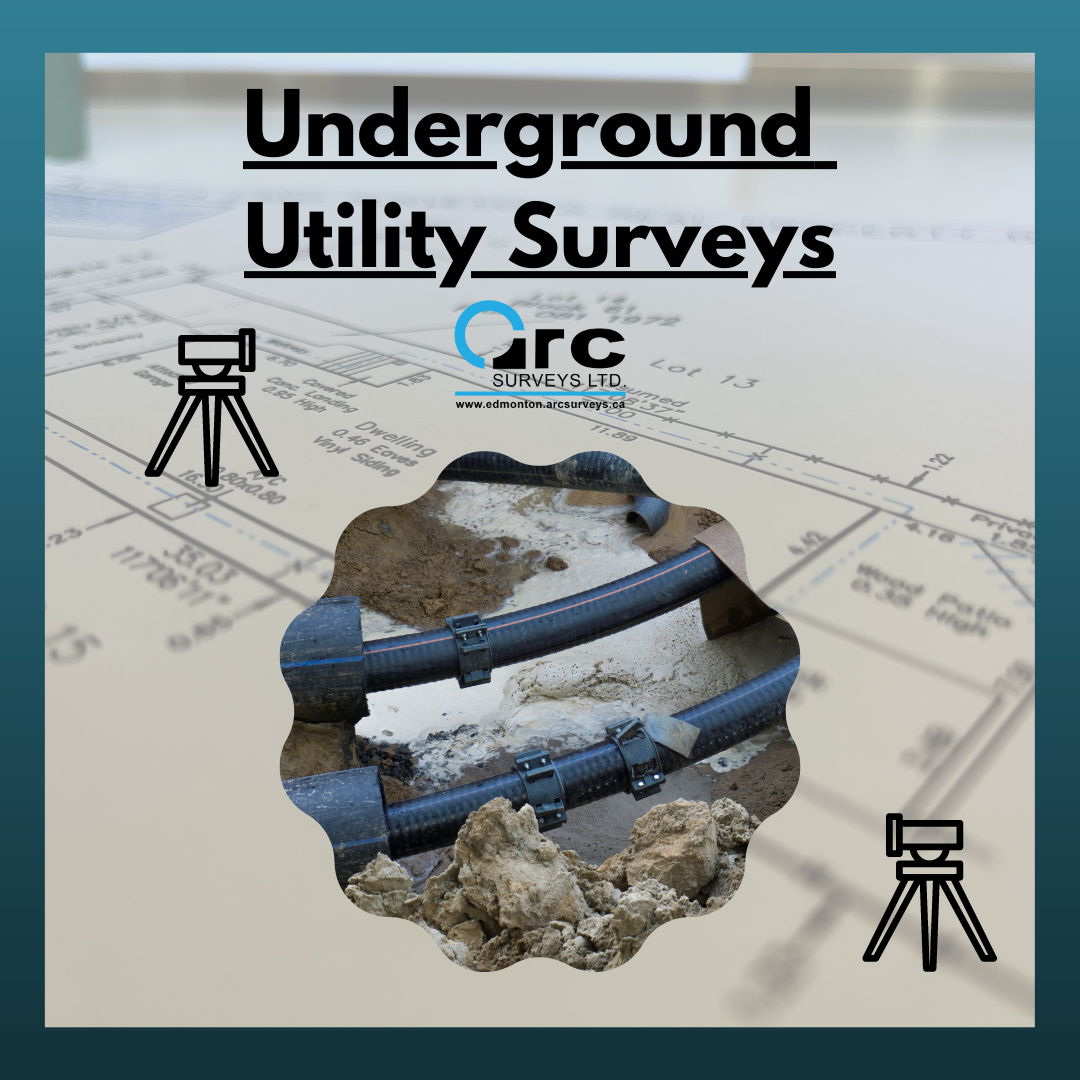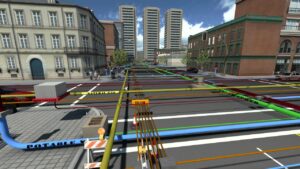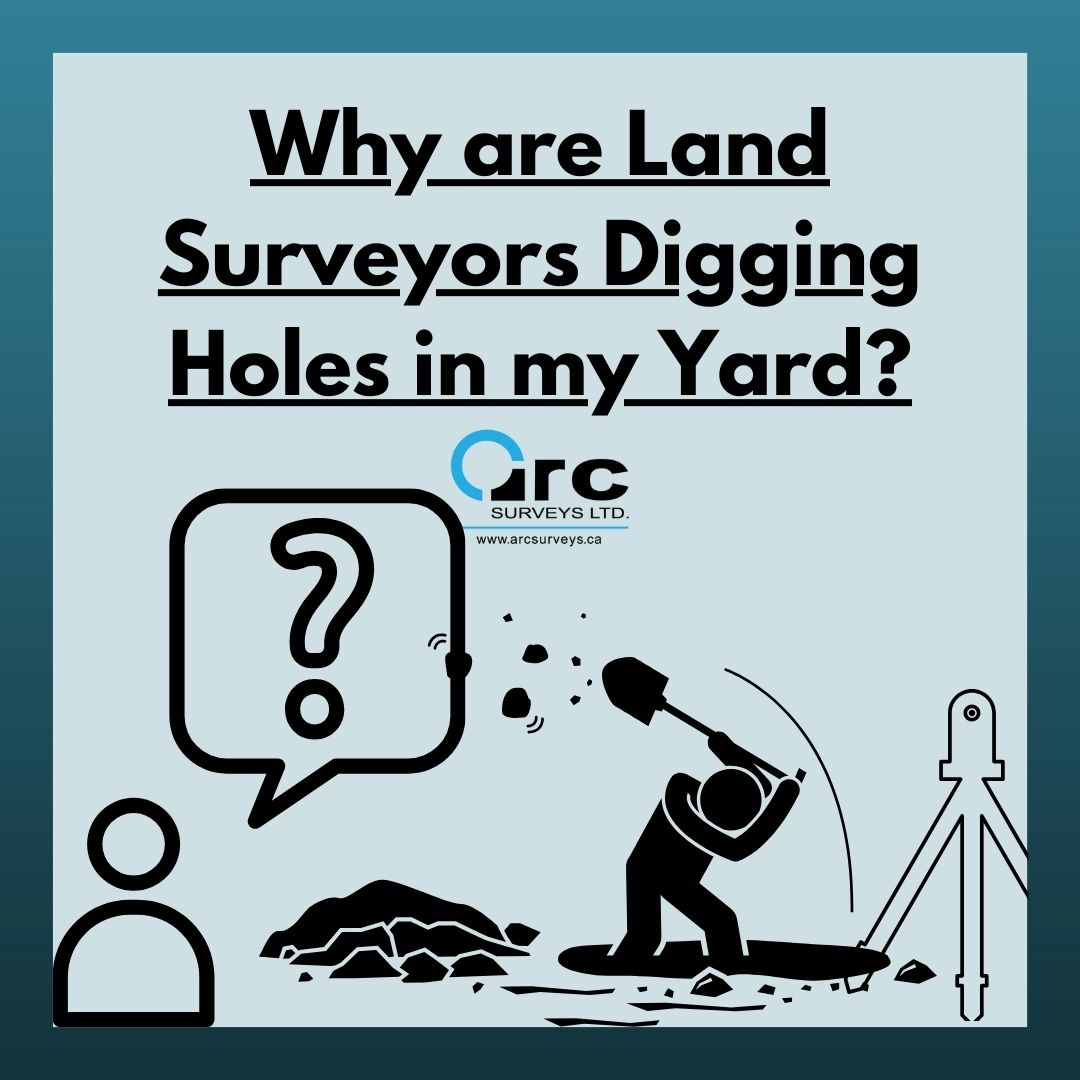Underground utility surveys are an essential operation for any construction project involving excavation or drilling. They are a critical process used to identify, locate, and map out underground utilities such as water, gas, electricity, and telecommunications, which could be damaged during excavation and lead to serious consequences.
What is an Underground Utility Survey?
An underground utility is anything installed below the surface connected to electrical, gas, water, sewage, fiber optic, or cable lines. Utility surveys deal with detailing and mapping out these service lines along with any connected components, namely fire hydrants, manholes, ducts, or pipes.
Why are Underground Utility Surveys important?
Underground utility surveys are important for a variety of reasons, one of the biggest reasons being safety. Underground utility surveys are essential to ensure the safety of workers and the public and prevent damage to the utilities during construction activities. Damage to underground utilities can cause serious safety hazards such as explosions, electrocution, and gas leaks, and can also result in project delays causing significant costs. It can result in repair expenses, project delays, and fines. An underground utility survey helps to avoid these expenses, saving time and money. In many areas, it is mandatory to conduct an underground utility survey before beginning any construction work. Failing to comply with these regulations can lead to legal consequences and contractors or companies being held liable for these failures.
How are Underground Utility Surveys conducted?
The first step in an underground utility survey is to gather information about the site’s existing utilities. This involves reviewing available records, maps, and plans of the area to determine the location of utilities. Once the available information has been reviewed, the survey team will mark the location of the utilities on the ground using spray paint or flags. These marks will indicate where the underground utilities are located and will be used as a reference during the survey.
There are several methods used to conduct underground utility surveys, depending on the location and material that is going to be excavated.
Ground-penetrating radar (GPR): GPR uses high-frequency radio waves to detect changes in subsurface materials, such as pipes and cables. The waves are transmitted into the ground, and the reflections from objects are detected by a receiver. This allows the location and depth of underground utilities to be identified. Non-destructive testing techniques, such as Ground Penetrating Radar and Electromagnetic Detection, are used to identify the location and depth of underground utilities. These techniques allow the survey team to locate utilities that may not have been identified during the site investigation.
Electromagnetic detection: This method uses a transmitter to send an electromagnetic signal into the ground, which is then detected by a receiver. The receiver can detect the location of underground utilities based on the electromagnetic signal. This technique is particularly useful for identifying the location of metallic utilities such as power cables.
Vacuum excavation: This method involves using a vacuum to remove soil, revealing the underground utilities. It uses high-pressure air or water to break up the soil and remove it from the area around the utility. This method is often used in areas where other methods are not feasible and it exposes the utility without causing any damage and allows for visual inspection.
CCTV inspection: This method involves inserting a camera into a utility pipe or cable, allowing for visual inspection of the interior of the utility. This technique is particularly useful for identifying blockages and damage to pipes and cables.
Once the survey is complete, the survey team will produce a detailed map of the location and condition of underground utilities. The report will include information such as the location, depth, size, and material of the utilities, as well as any potential hazards or risks associated with the utilities.
When excavation and drilling are involved, underground utility surveys are the way to go. By conducting an underground utility survey before beginning any construction work, you can save time, money, and avoid legal consequences. These utility surveys are an important process to ensure the safety of workers and the public during construction activities. By identifying and mapping underground utilities before any excavation or construction work takes place, the risk of damage to the utilities, the resulting safety hazards, and costs can all be minimized.
Arc Surveys
Need to conduct an underground utility survey? We’d love to help! Give us a call or send us an email to aid in all your surveying needs. Contact us for a free quote.







